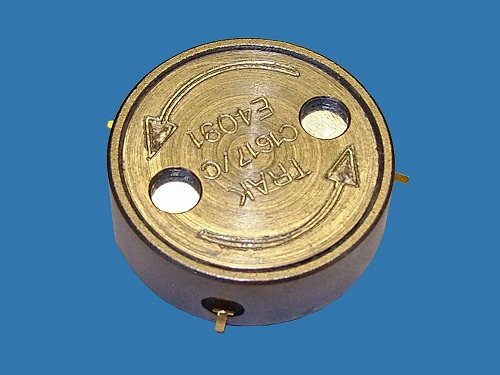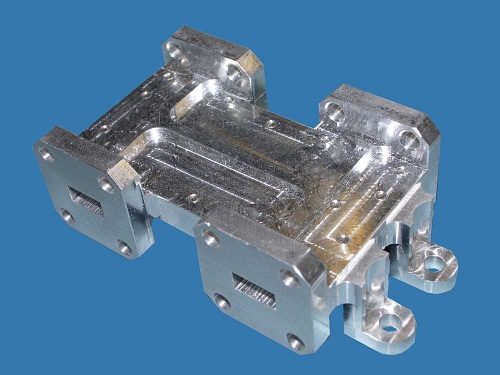The first launch to place Iridium Next satellites into orbit was successfully completed yesterday at 1754 GMT from Vandenberg Air Force Base in California.
The SpaceX Falcon 9 rocket, carrying 10 communications satellites into low-Earth orbit, is the first of 7 flights that will loft 70 of the 860 kilogram satellites that will comprise the “NEXT” constellation.

About 10 minutes after launch, the first stage of the Falcon-9 rocket successfully touched down on a platform in the Pacific Ocean, a feat previously accomplished by four other returning Falcon rockets. SpaceX intends to reuse its rockets to cut costs.
The payloads were designed by Thales Alenia Space and were assembled in Virginia-based Orbital ATK’s Arizona facility.
The contribution TRAK Microwave Limited has made to the program has been centred around the production of almost 20,000 flight models that have been supplied over the past three years to a number of EU based customers. Customers have integrated these stripline, coaxial and waveguide components into a number of critical equipments including the L-Band Transmit/Receive distributed arrays and the K-Band MUX systems.
In terms of the number of prod uses delivered and the number of payloads supported, Iridium NEXT is the largest program that TRAK has participated in. The gallery below depicts 3 of the 9 custom designed passive products designed and supplied by TRAK for the Iridium Next program. Full details of TRAK’s heritage details can be viewed here.
The Iridium NEXT system will eventually replace Iridium’s current communications network which consists of 66 satellites in low-earth orbit. The new system will enhance Iridium’s ability to meet a growing global demand for mobile communications on land, at sea, and in the skies.



